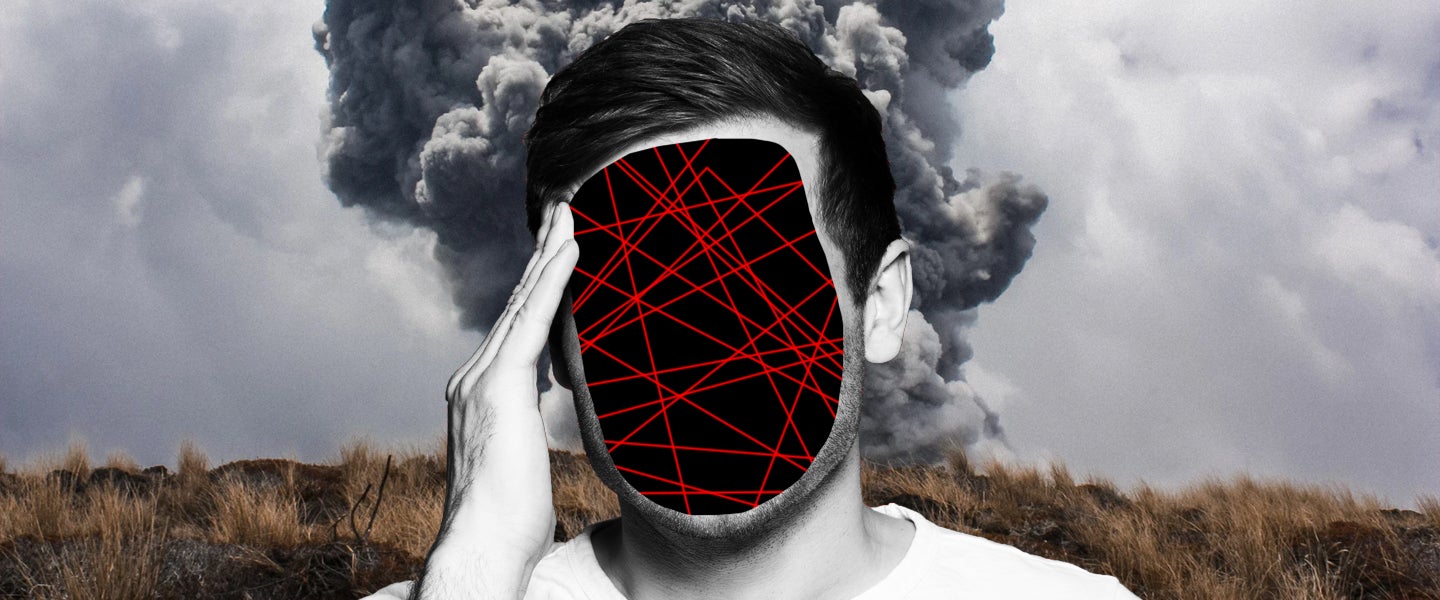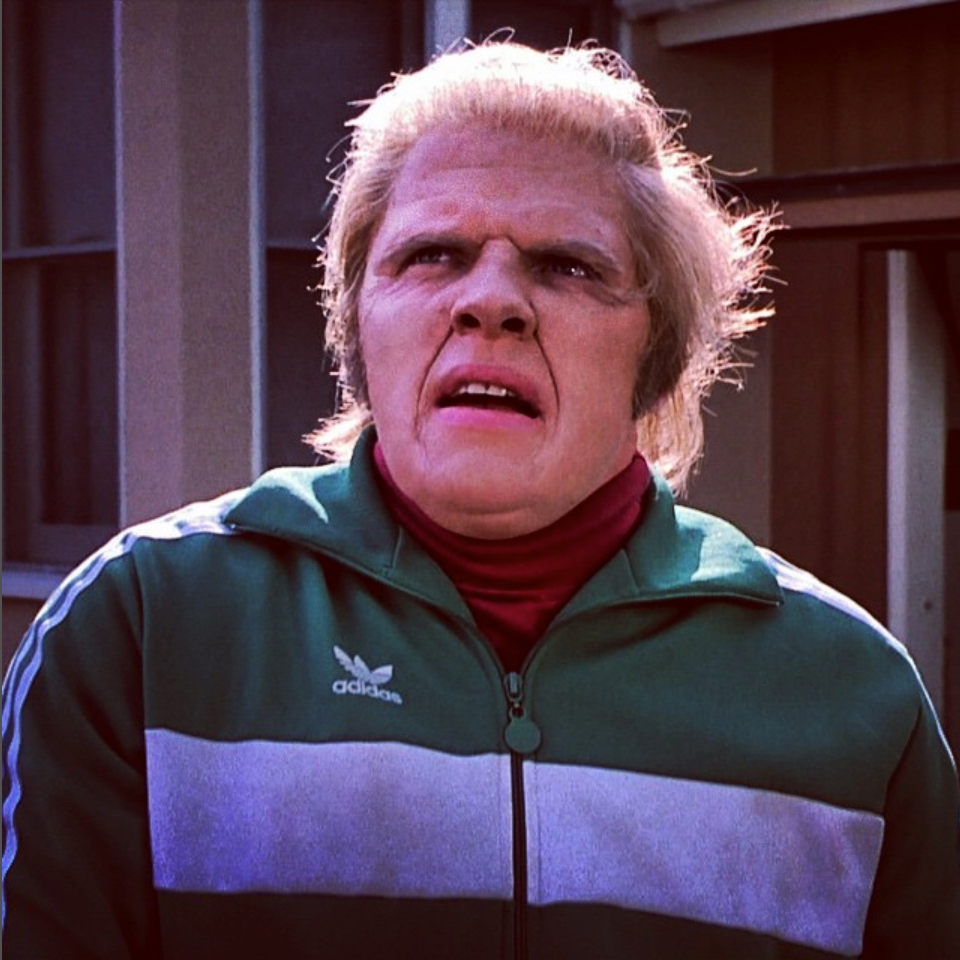Headaches are seemingly ready to strike at all times. We get them while we’re working, from straining to see the computer screen; we get them after a night of partying, from a little too much booze and not enough water; and we can get them even when we think we’re not doing much of anything, because a headache is just that common.
And because they’re that common, sometimes we have a tendency to take them for granted. “Oh, just a normal, everyday headache,” you might say, and think nothing of it. But how do you know when that normal, everyday headache is something different — or even dangerous?
The first step is understanding what kind of headaches we get, and why we get them. “There are three main types of headaches,” explains chiropractic neurologist David Friedman. “The most common is called a ‘tension headache,’ and it’s often caused by muscle contractions in the head and neck regions. The second most common is the ‘migraine,’ which typically lasts anywhere from four hours to three days or more, and for roughly one in five, can be disabling. The third most common is called the ‘cervicogenic’ headache, caused by a vertebral misalignment in the neck or cervical spondylosis and is often the result of a fall, whiplash accident or sports injury.”
If you suffer from one or more of these, assuming that your symptoms don’t vary widely from what you normally experience and/or are mild, each “can be treated conservatively using over-the-counter medication or a more natural approach such as massage therapy or acupuncture,” Friedman says. It’s when symptoms veer into the abnormal and/or the debilitating that you should consider calling in medical reinforcements.
“You should seek immediate medical attention if you’re experiencing a severe headache that’s associated with a loss of vision or consciousness, or uncontrollable vomiting,” Friedman warns. “About one-third of migraine sufferers have neurologic symptoms (called a ‘migraine aura’), which includes slow progression of blurred vision, sometimes accompanied by tingling of the face and upper extremity. These symptoms usually go away within an hour. If these symptoms have an immediate onset and last longer than 60 minutes, or don’t resolve, you should see a doctor.”
“Also, you should seek immediate medical attention if your headache is associated with weakness of one side of the body, difficulty speaking or walking,” he continues. “In addition, if you have a persistent headache that seems to never go away and you develop a fever, chills, weight loss or night sweats, you need to be evaluated by your doctor to rule out a possible underlying medical condition.”
Keep in mind, though, that while headaches are never a sign of something good, they can do some good. For example, did you know that chronic headaches might mean you’re grinding your teeth? “When the muscles in the jaw tense up from grinding/clenching your teeth, the pain can spread to other muscles alongside the cheeks and on the sides and top of your head, causing a headache,” says Friedman. So if your headaches are accompanied by pain in your jaw, reduced range or irregular jaw opening and/or popping sounds when you open your mouth, it might be time to see a doctor or dentist.
All in all, most headaches aren’t anything you need to see a physician about, even if they make you feel like trash. But the moment that regular ol’ headache starts doing weird things, do whatever you can to use the part of your head that isn’t hurting and get yourself to the doctor.

